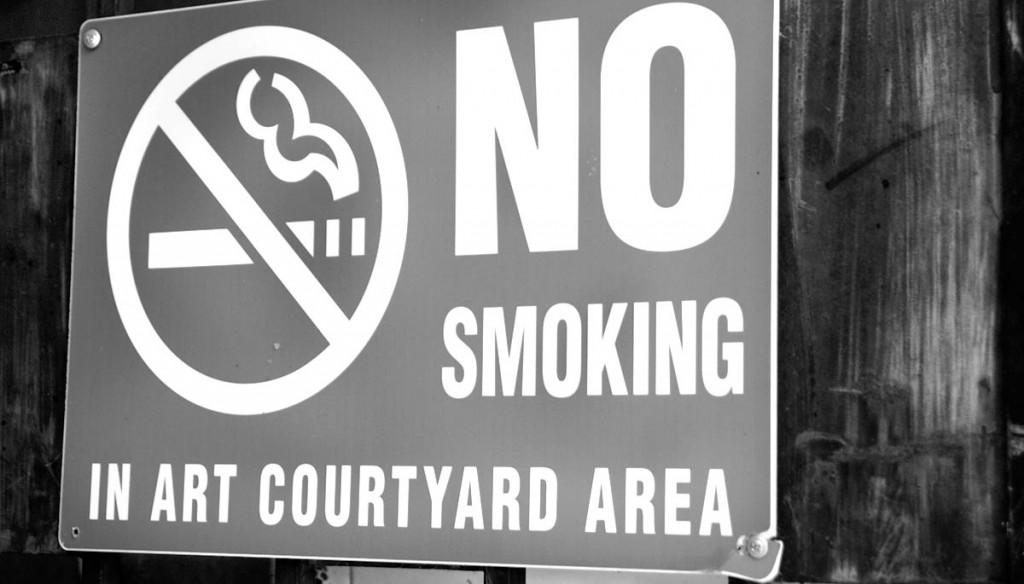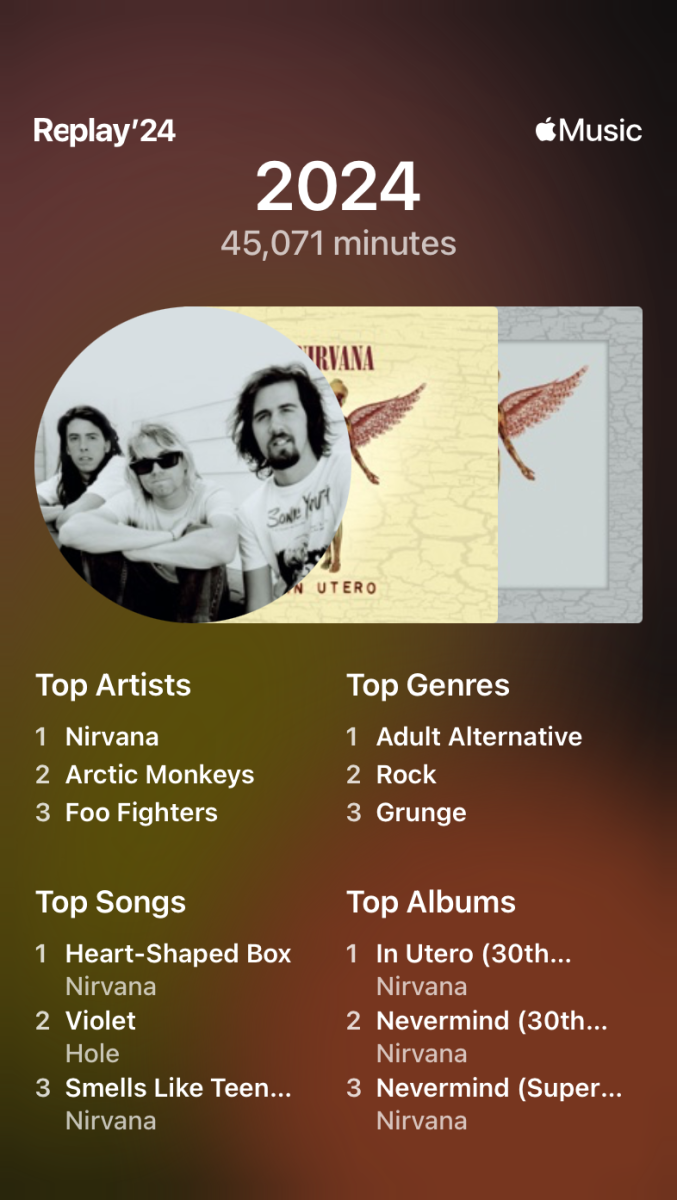Killing tens of thousands of Americans every year and causing serious life-threatening illnesses to thousands more, here at American River College, evidence of this death monger litters the campus grounds. However, it’s the invisible cocktail of toxins that aptly justifies secondhand cigarette smoke as the “silent killer.”
Walking to and from classes on campus, it’s almost impossible to escape the stale stench of cigarettes. And almost involuntarily, my brows furrow and nose wrinkles against the offending perpetrators. Enforcing a completely smoke-free campus would allow me to breathe my air the way I like it: nicotine free.
And I’m not alone.
“Students and staff (have) expressed concerns about smoking on campus,” said ARC’s registered nurse Robyn Huetter.
According to the American Cancer Society, secondhand smoke is a mixture of 2 kinds of smoke that comes from burning tobacco: sidestream smoke (the smoke from the burning end of a cigarette, cigar or pipe) and mainstream smoke (the smoke exhaled by smokers). Classified as a “human-known carcinogen” by the
U.S. Environmental Protection Agency, the U.S. National Toxicology Program, and the International Agency for Research on Cancer, tobacco smoke contains more than 60 chemical compounds known or suspected to cause cancer, heart disease and emphysema.
It is important to also know that sidestream smoke has higher concentrations of carcinogens than mainstream smoke. It contains smaller particles, which make their way into the body’s cells more easily. These invaders march in armies of more than 7,000 chemicals that have been identified in cigarette smoke to date; including tar, nicotine, carbon monoxide, arsenic, hydrogen cyanide, and heavy metals such as lead and cadmium. Gross and deadly.
While smokers argue that if one doesn’t want to be exposed to secondhand smoke they can just stay away, I find the argument flawed in that separating smokers from non-smokers cannot keep non-smokers from being exposed to secondhand smoke. Scientific evidence shows that there is no safe level of exposure to secondhand smoke, and the only real protection is to not allow smoking at all.
Despite calling upon the constitutional freedom to smoke, smokers need to recognize that non-smokers sharing the space around them are getting their rights infringed upon. Short of donning a gas mask, I don’t have the option of not inhaling the cancer-infused air around me.
Everyone is accountable for themselves, but when it comes to secondhand smoke and its fatal and ill effects, it makes sense to extend the responsibility of promoting good health all around.
Secondhand smoke kills. Don’t be an accomplice to the crime.








